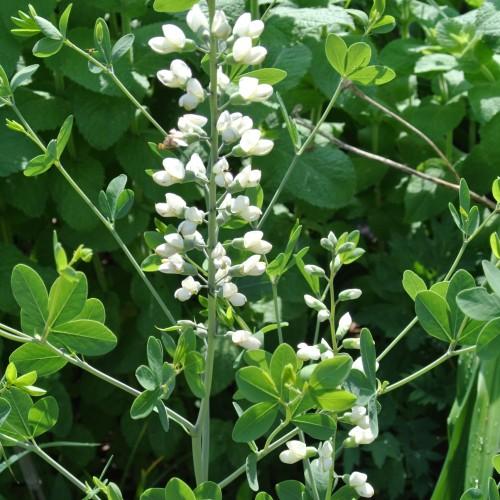
White Wild Indigo
Baptisia lactea
Watering:
Minimal
Hardiness Zone:
Sun:
full sun
Leaf:
Yes
Growth Rate:
Low
Drought Tolerant:
Yes
Care Level:
Medium
watering
Ideally, Hooker's Balsamroot should be watered once weekly when the soil is somewhat dry. When watering, it is best to water the plant deeply so that the water reaches the root system. The water should penetrate the soil to a depth of 6 to 8 inches, ensuring that the entire root system is saturated. Avoid overwatering, which could lead to root rot. It is important to avoid saturating the foliage as this could lead to damage or fungal infections. Additionally, providing adequate drainage when planting is essential to prevent waterlogged soil and root rot.
sunlight
Hooker's Balsamroot prefers full sun, meaning 6 or more hours of sunlight per day. Generally, it should be planted in south- or west-facing areas with ample exposure to the sun. However, it is tolerant of some shade, given that it still receives direct sun for 3 – 4 hours a day. Its ideal season for growing is late spring, beginning around April, when its vivid yellow flowers emerge and when the amount of available sunlight is more consistent. It tends to be drought tolerant, making it easier for this sun-loving plant to thrive.
pruning
Hooker's Balsamroot should be pruned once per season in late autumn or early winter, after the plant has finished flowering. Pruning should remove any damaged, dead, or weaker stems, as well as any excess stems that crowd the plant’s center. For any stems that remain, cut them back to just above the ground level to help encourage new growth. Pruning should only remove up to a third of the total stems to ensure the plant stays healthy.
